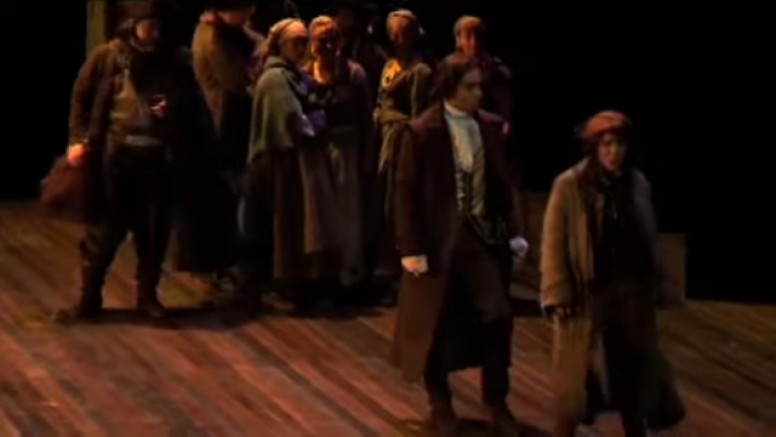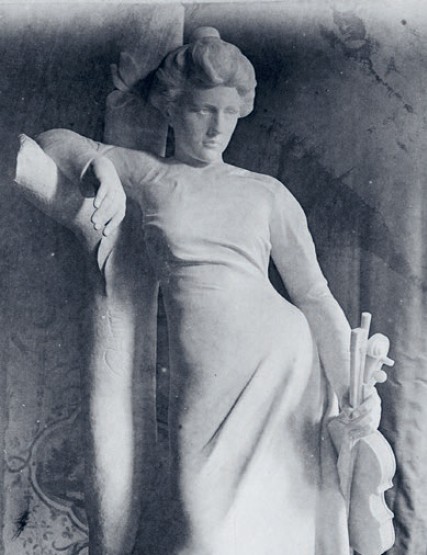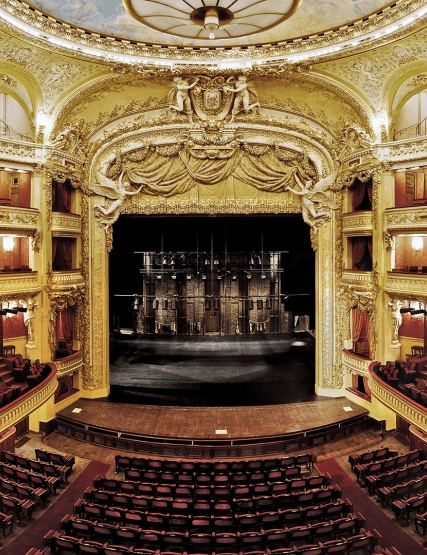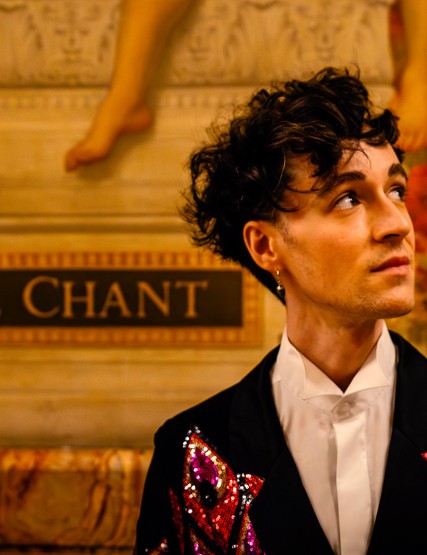OPÉRA-COMIQUE in three acts by Ambroise Thomas. Libretto by Jules Barbier and Michel Carré based on Wilhelm Meister’s Apprenticeship by Johann Wolfgang von Goethe. Premiered at the Opéra-Comique on 17 November 1866
The staging of the fire in Act II of Mignon in 1887 caused the burning of Salle Favart. However, in 1894 Ambroise Thomas attended its 1000th performance in the rebuilt theater: proof that Paris audiences are not superstitious! In fact, during the composer’s lifetime no opéra comique had inflamed the public to such an extent. The literary subject contributed to half of it, portraying moving and picturesque beings within a romantic tableau of theatrical life under the Ancien Régime. Ambroise Thomas’s score is as much responsible for it with its diversity and movement, making him a great portraitist in music.
Act I
In the late 18th century Germany many cities are without theaters and, as regards entertainments, they can only enjoy those performed by itinerant companies. So one day in a small town of Black Forest an old wandering and amnesic singer meets with a group of gypsies and actors short of projects. There comes a young bourgeois from Vienna, Wilhelm Meister, on a formative journey through Germany.
When Jarno, the chief of the gypsies, is about to hit Mignon, Wilhelm intervenes. He attracts the attention of a vivacious actress, Philine, who instantly appeals to him as he engages in conversation with her colleague, caustic Laerte. Mignon thanks Wilhelm for his gesture. Speaking in verse and riddles, the strange and endearing girl seems to come from Italy where she was probably kidnapped. To protect her, Wilhelm buys her from Jarno and takes her into his service. Philine receives an invitation from the local lord to perform at his castle with her troupe of actors in honor of a traveling prince. She hires Wilhelm as poet of the troupe.
Act II
First tableau – At the castle, Philine is welcome with the baron’s favors. She is delighted that Wilhelm is there just for her but feels uneasy because Mignon, dressed as a boy, follows him about like a shadow. The actors rehearse Shakespeare’s A Midsummer Night’s Dream adapted to the style of the day according to custom. Alone in Philine’s boudoir, Mignon tries on some women’s fineries. Frédérick, a student enamored of the actress breaks in. He is surprised by Wilhelm and the two rivals altercate. Mignon appears transfigured with a dress that perturbs Wilhelm who decides to leave her. As he tries to console her, Philine takes him to the theater. Their departure triggers jealousy in Frédérick and Mignon.
Second tableau – Desperate Mignon hides in the back of the park during the performance. The old musician Lothario comforts her but the acclaim from the stage leads Mignon to call down a curse. Insane Lothario runs to carry it out. While jubilant Philine walks out of the theater singing the great aria of her character Titania, the fire lit by Lothario sets the building ablaze. Philine sends Mignon to fetch a bunch of flowers. Wilhelm rushes to save her.
Act III
First tableau – Wilhelm takes convalescent Mignon to a palace by Lake Garda, followed by the compassionate pyromaniac. Wilhelm intends to buy the Cypriani palace in order to cure her. Fifteen years earlier the family child disappeared. Her mother died and her father departed due to grief. Since then the palace has been in a trusty servant’s care. Laerte appears and tells Wilhelm that Philine is arriving with her fleeing company after the fire. Wilhelm is afraid that Mignon might die from a shock. She is slowly awakening as Lothario comes back from a walk in the palace. He has regained his mind: he is the marquis of Cypriani. When he produces the relics of his missing child, Mignon’s memory is revived: she is his daughter Sperata. But Philine’s voice from heard outside puts her to flight.
Second tableau – Philine is dancing in a nearby inn. When Mignon appears, she decides to forgive her rival. While the return of the marquis of Cypriani is celebrated by the villagers, Mignon and Wilhelm, who have attained truth, can join in wedlock at last.
François-Xavier Roth & Jean-Louis Benoit
With Marie Lenormand, Ismael Jordi, Malia Bendi-Merad, Nicolas Cavallier, Blandine Staskiewicz, Christophe Mortagne, Frédéric Goncalves, Laurent Delvert
Danseuses, Marie-Laure Caradec, Vinciane Gombrowicz, Aurélie Genoud, Caroline Savi
accentus & Orchestre Philharmonique de Radio France
See all the castSaturday, April 10, 2010 - 8:00pm
Monday, April 12, 2010 - 8:00pm
Wednesday, April 14, 2010 - 8:00pm
Friday, April 16, 2010 - 8:00pm
Sunday, April 18, 2010 - 3:00pm
Salle Favart
108, 87, 65, 40, 15, 6 €
Cast




















Dancers, Marie-Laure Caradec, Vinciane Gombrowicz, Aurélie Genoud, Caroline Savi

Orchestre Philharmonique de Radio France
Production, Opéra Comique
Associate co-producer, Palazzetto Bru Zane - Centre de musique romantique française
Partnership
































